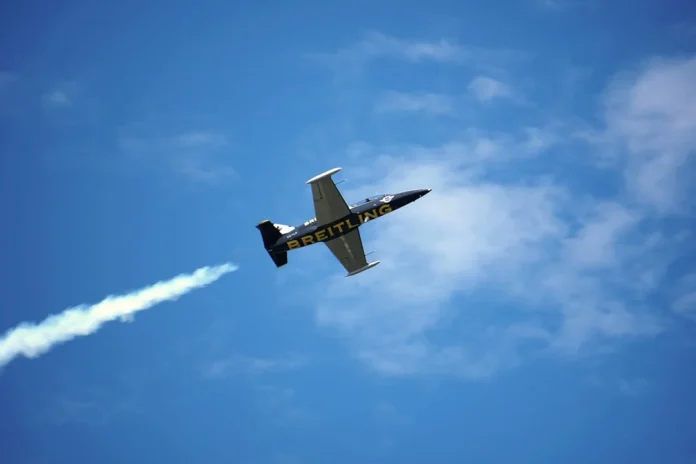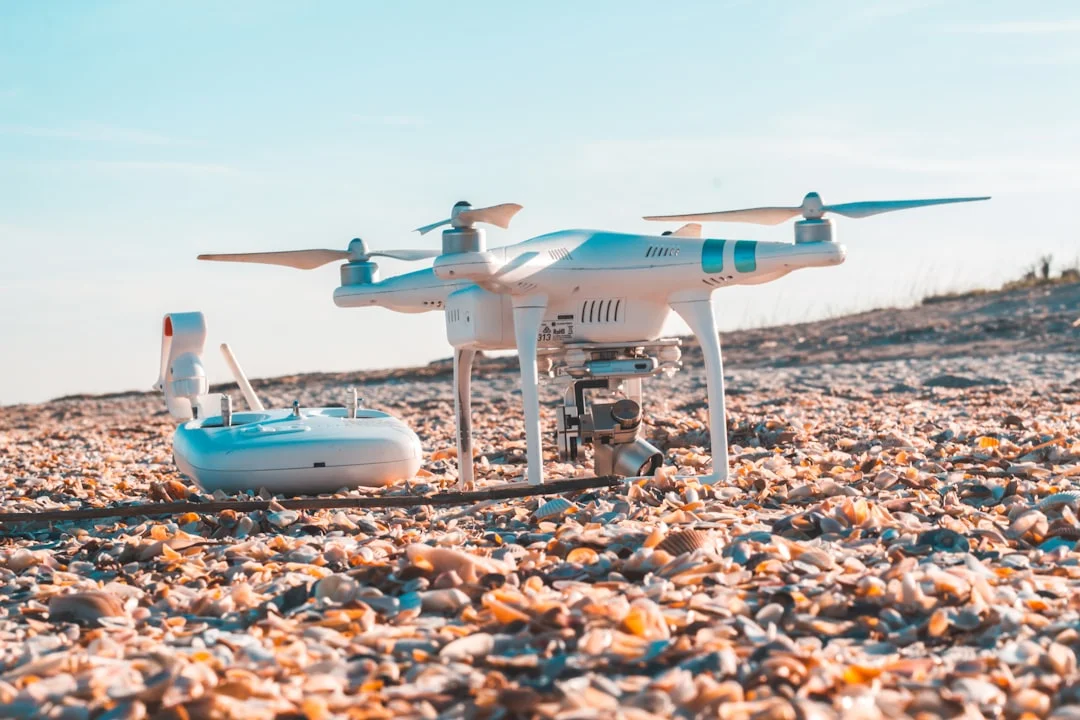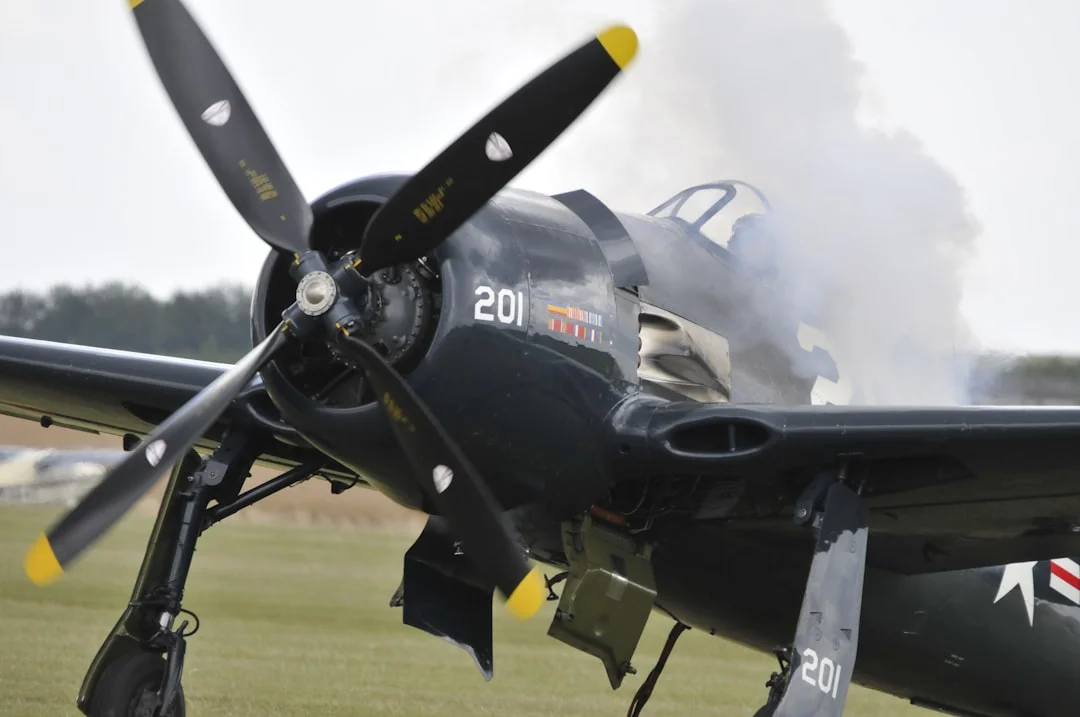What is Autopilot on Cessna 172? This question is essential for pilots and aviation enthusiasts looking to understand the capabilities and functionalities of this popular general aviation aircraft. The Autopilot (AP) system on the Cessna 172, a single-engine, four-seat aircraft widely used for training and personal flying, provides pilot assistance by automating certain flight controls. By maintaining course, altitude, and heading, the AP reduces pilot workload, improves precision during longer flights, and contributes to safer overall flight management.
Contents
Overview of the Cessna 172 Autopilot System
The Autopilot on the Cessna 172 is designed to assist pilots in maintaining flight parameters such as heading, altitude, and navigation. Most Cessna 172s come equipped with the Garmin GFC 700 or Garmin GFC 500 autopilot systems, which are sophisticated yet user-friendly. These modern AP systems can control the ailerons, elevator, and sometimes the rudder to keep the aircraft stabilized without constant pilot inputs. This system uses a combination of gyros, accelerometers, and GPS inputs to automate flight control.
The typical Cessna 172 autopilot system operates on 14 volts DC and is designed specifically for light aircraft weighing up to approximately 2,450 lbs (the maximum takeoff weight for the 172). The Garmin GFC 700 autopilot weighs about 8 pounds and fits into the aircraft’s instrument panel, integrating with both the primary flight display and navigation systems. This integration allows for coupled vertical and lateral navigation modes, including GPS steering, altitude hold, vertical speed modes, and heading hold.
How the Autopilot Enhances Flight Safety and Comfort
What is Autopilot on Cessna 172 really providing in terms of safety and comfort? The autopilot system plays a crucial role in reducing pilot fatigue, especially during longer cross-country flights where constant manual corrections can be exhausting. By automating wings-level flight, climbs, descents, and heading holds, the AP allows pilots to focus more on navigation, communication, and situational awareness.
Moreover, the autopilot system aids significantly during instrument meteorological conditions (IMC). When flying using just instruments, pilots must make continuous adjustments to control the aircraft’s attitude and vector. The autopilot takes over these routine but precise tasks, reducing the risk of spatial disorientation and enhancing overall safety margins. Data from the FAA indicates that autopilot usage on light aircraft contributes to a measurable decrease in pilot-induced oscillations and turbulence-related deviations, leading to safer and smoother flights (FAA Pilot’s Handbook of Aeronautical Knowledge).
Technical Capabilities and Operating Procedures for Cessna 172 Autopilot
The question of “What is Autopilot on Cessna 172?” also involves understanding its technical capacities and how pilots operate it. The Garmin autopilot systems available in the 172 offer multiple flight modes. These include:
- Heading Hold (HDG Hold)
- Altitude Hold (ALT Hold)
- Vertical Speed (VS) mode
- Navigation (NAV) mode, following GPS or VOR courses
- Approach (APR) mode for precision instrument landings
To engage the autopilot on a Cessna 172, the pilot typically selects the desired mode using the autopilot control panel located near the primary flight instruments. Once engaged, the AP controls the aircraft’s control surfaces to maintain the selected parameter. For example, when altitude hold is activated, the system maintains the selected altitude to within ±50 feet under normal flight conditions. The vertical speed mode can be set for climb or descent rates generally between 500 and 2,000 feet per minute.
In addition, the autopilot system communicates with other avionics. When coupled with the Garmin GNS 430/530 GPS navigator, the autopilot can follow programmed flight paths, including hold patterns and instrument approach procedures. This capability allows single-pilot IFR operations with improved precision and reduced workload, which is especially valuable when flying under challenging weather conditions or in busy airspace.




